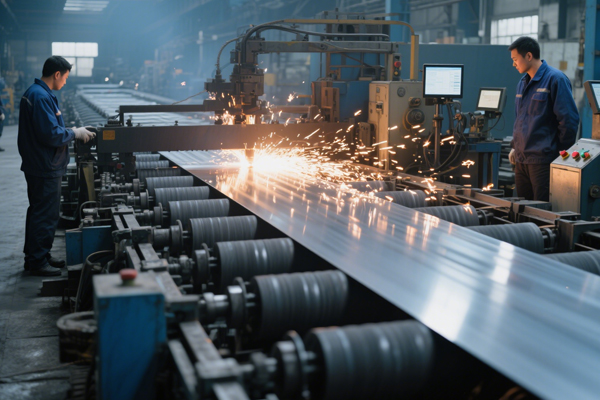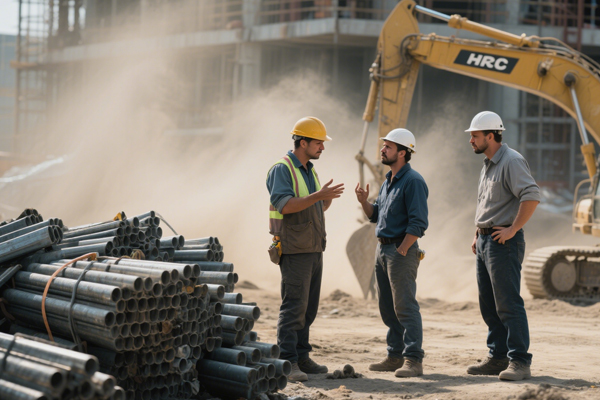Second-half Steel Consumption in Vietnam Is Expected To Increase
While Vietnamese steel demand has so far been slower this year, it has the potential to improve on the back of the country’s GDP growth forecast of 6.47-6.83% in 2023. Domestic steel consumption is expected to grow amid increased public investment disbursement on infrastructure and the recovery of post-Covid civil construction activities.
Vietnam does, however, encounter difficulties, such as slower macroeconomic development, difficulty restructuring state-owned businesses and credit institutions, and the presence of bad debt. Vietnam confronts an oversupply of some steel products, including construction, cold-rolled, and galvanized steel, as well as a heavy reliance on imported raw materials and higher production costs for green steel.
Domestic demand decreased last year as a result of the public investment’s delayed disbursement, which was only 50–53%. If new policies are not put in place, this could continue to negatively impact steel demand after 2023, according to Thai. Vietnam produced 20 million tonnes of primary steel in 2022, a 13% decrease from the previous year. Vietnam’s apparent steel usage increased by 0.81% to 22.23 mt last year. (see table below).
Long-term chances for steel growth in a developing nation like Vietnam are favorable, Thai noted. By 2030, the country’s population is projected to grow to 104 million, and the per-person consumption of steel, which is presently at 240 kg/person, is projected to rise to 290 kg/person. The demand for premium manufactured and alloy steel is anticipated to increase as well. According to VSA, the overall demand for steel in Vietnam will reach 30-32 mt by 2030.







